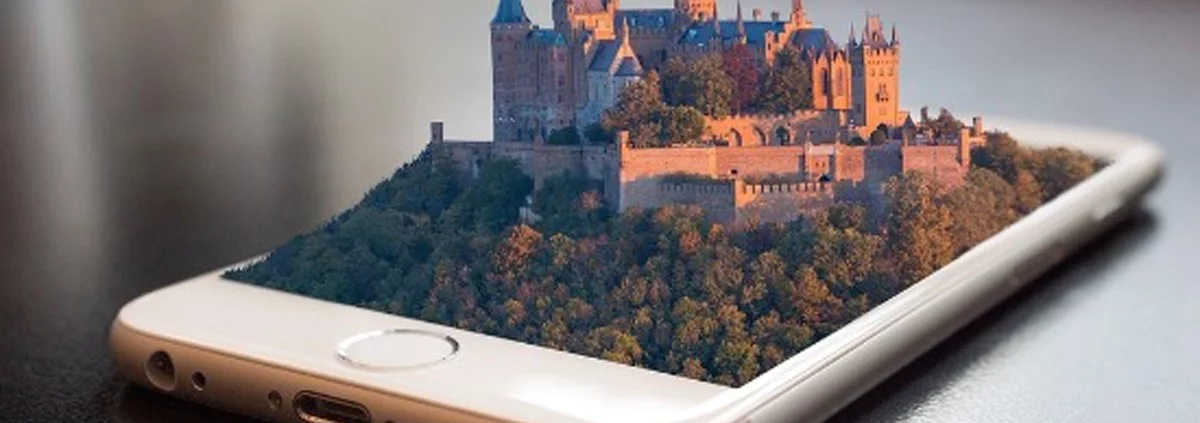Augmented Reality for Tourism: Enhancing Travel Experiences Through Immersive Technology
Augmented reality (AR) is transforming the tourism industry by providing travelers with immersive and interactive travel experiences. By using AR, travelers can explore new destinations, learn about historical sites, and interact with their surroundings in a new and exciting way. Here are some of the ways that AR is enhancing travel experiences.
Virtual Tours
One of the biggest benefits of using AR in tourism is the ability to provide virtual tours. AR can provide travelers with a more immersive experience by allowing them to virtually explore a destination before they arrive. For example, travelers can use AR to explore museums, historical sites, or natural wonders. By providing a virtual tour, travelers can better plan their trip and get a sense of what to expect when they arrive.
Enhanced Navigation
AR can also enhance navigation by providing travelers with an interactive map that shows points of interest and provides directions. This can be particularly helpful for travelers who are unfamiliar with a destination or who want to explore off the beaten path. By using AR to navigate, travelers can discover new and exciting places and get a better sense of the local culture.
Interactive Learning
AR can also provide travelers with an interactive learning experience by providing information about historical sites, landmarks, and cultural events. For example, travelers can use AR to learn about the history of a particular building or monument, or to see how a particular cultural event is celebrated. By providing this interactive learning experience, travelers can gain a deeper understanding and appreciation of the destination they are visiting.
Virtual Souvenirs
AR can also provide travelers with virtual souvenirs that they can take home with them. For example, travelers can use AR to take a virtual photo with a historical figure or landmark. By providing this virtual souvenir, travelers can create a lasting memory of their trip that they can share with friends and family.
Improved Accessibility
AR can also improve accessibility for travelers with disabilities. By providing a more immersive and interactive experience, AR can help travelers with disabilities experience destinations that may have been previously inaccessible. For example, travelers with mobility issues can use AR to explore a destination virtually, or travelers with visual impairments can use AR to learn about their surroundings in a more accessible way.
The Future of AR in Tourism
As AR technology continues to evolve, the possibilities for its use in tourism are virtually limitless. In the future, AR could be used to provide travelers with even more immersive and interactive experiences. For example, AR could be used to provide virtual reality experiences that transport travelers to a different time or place. Additionally, AR could be used to provide personalized recommendations based on a traveler’s interests and preferences.
Conclusion
AR is transforming the tourism industry by providing travelers with a more immersive and interactive travel experience. By providing virtual tours, enhancing navigation, providing interactive learning experiences, and creating virtual souvenirs, AR is enhancing the travel experience for millions of people around the world. As the technology continues to evolve, the possibilities for its use in tourism are virtually limitless, and we can expect to see even more exciting applications in the years to come.




